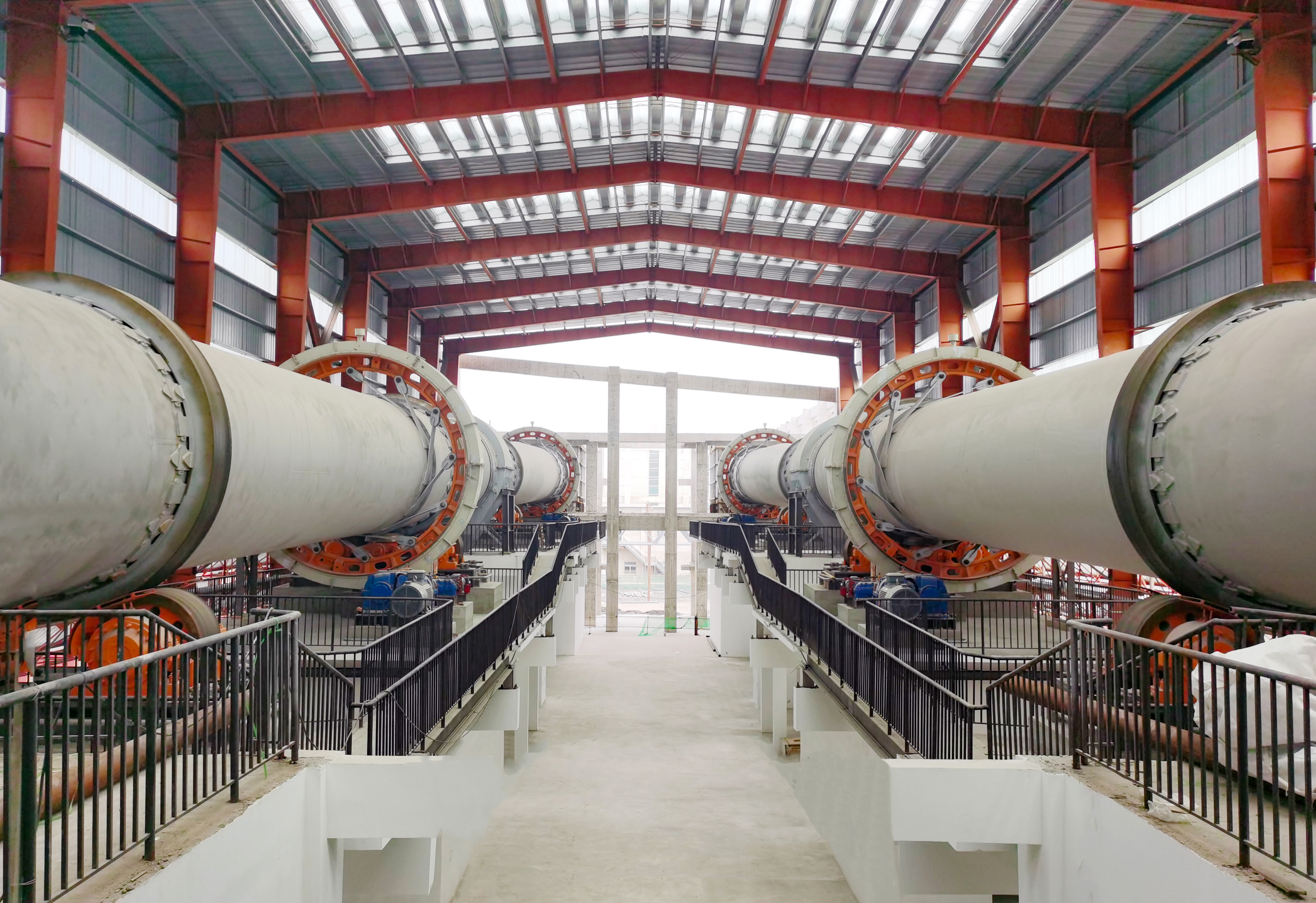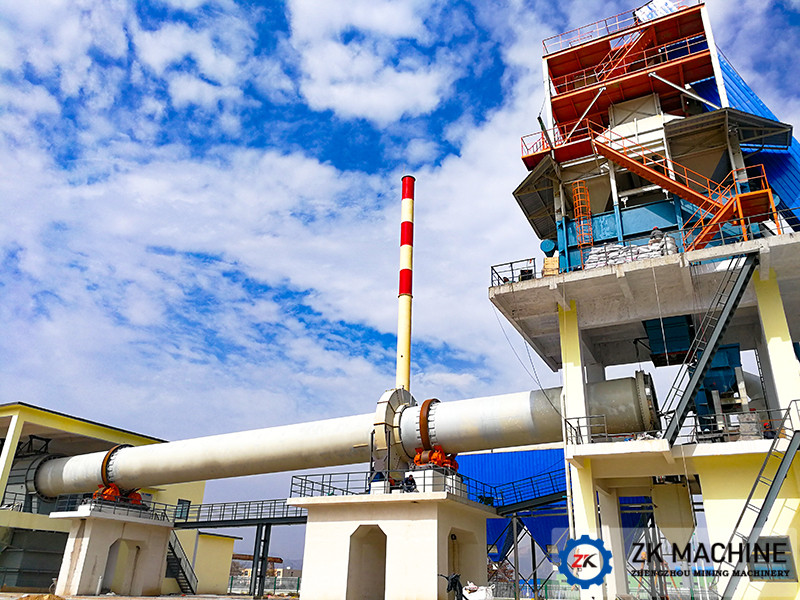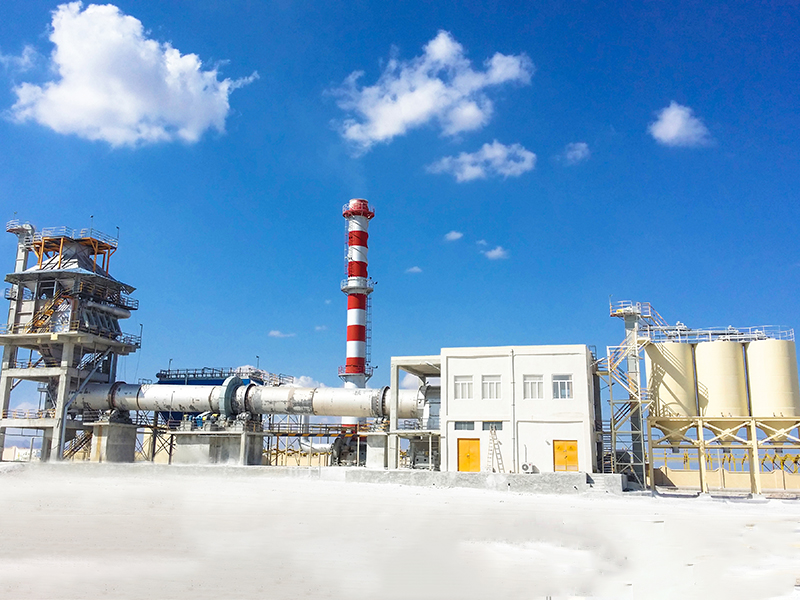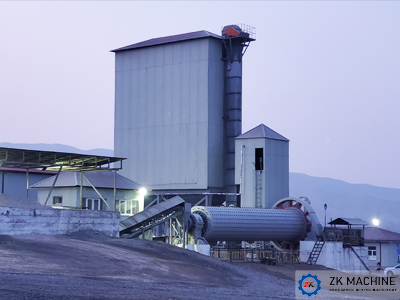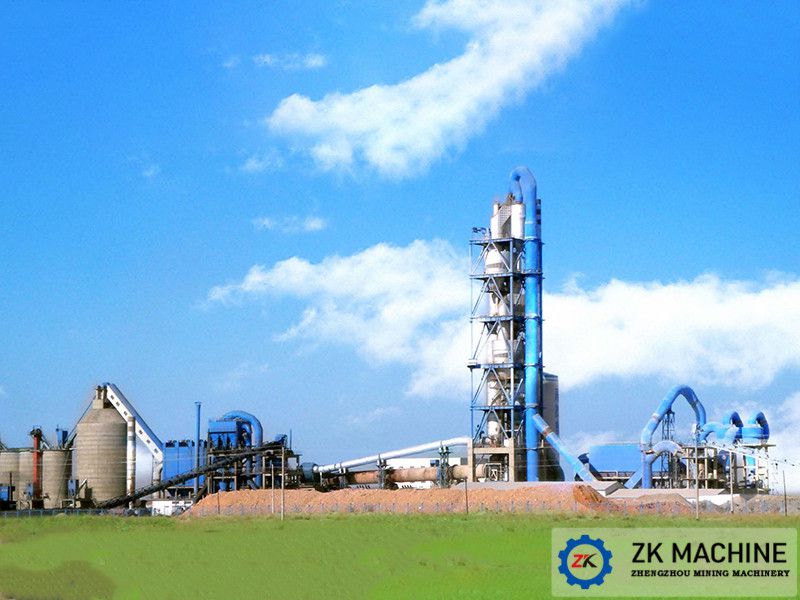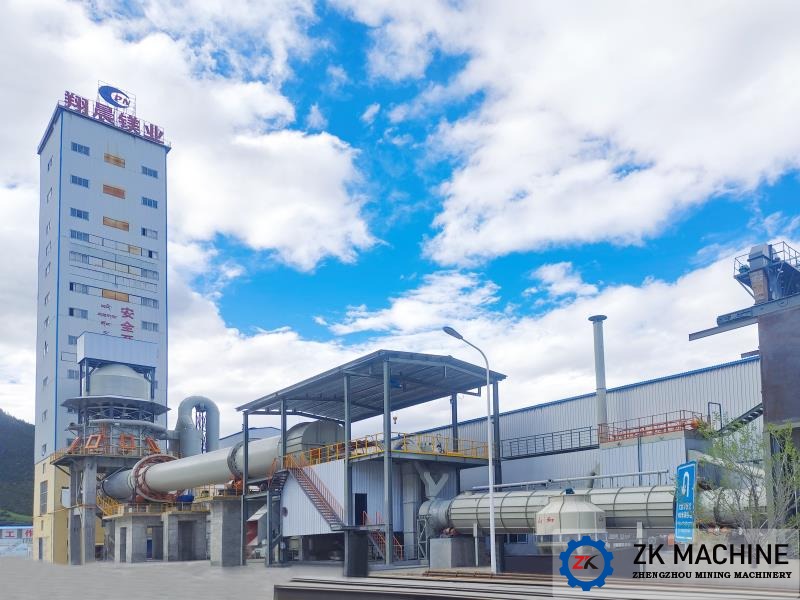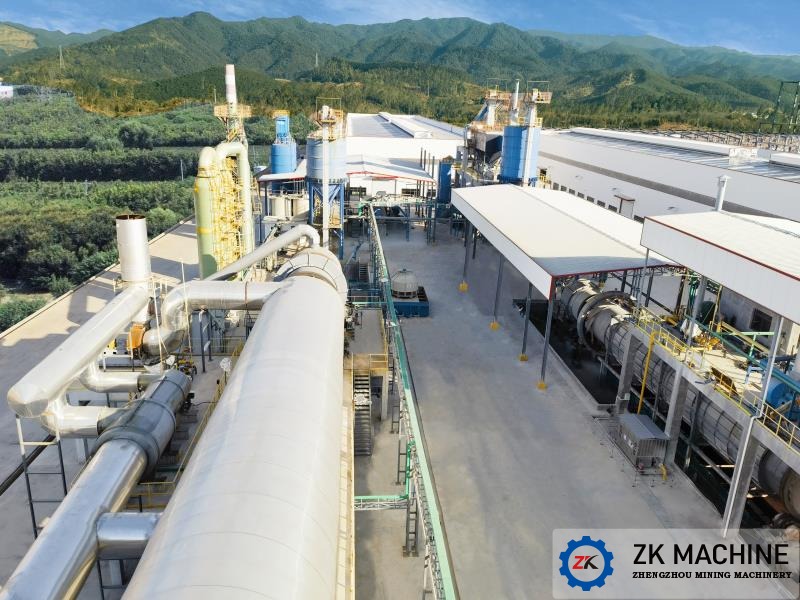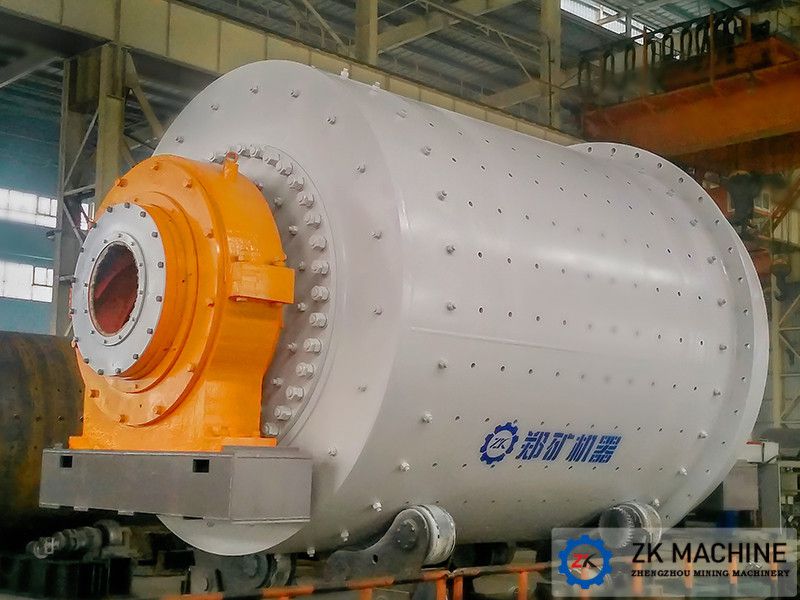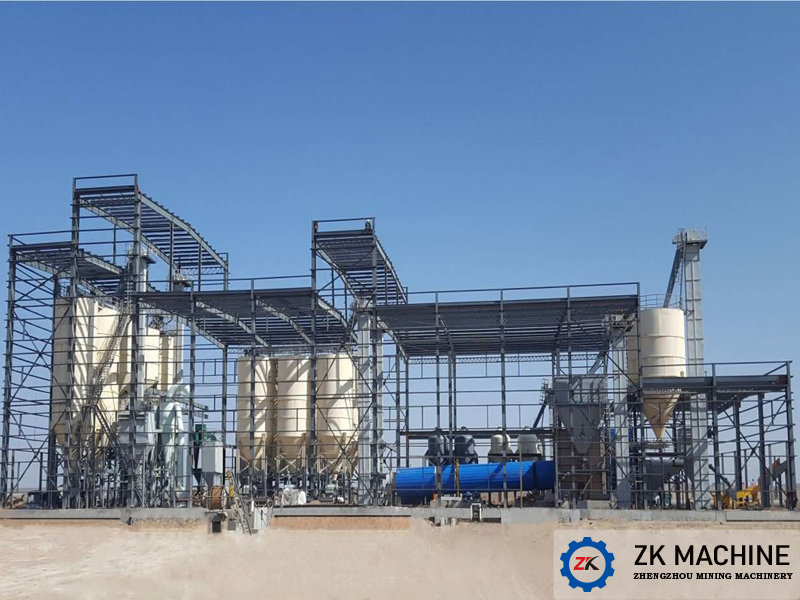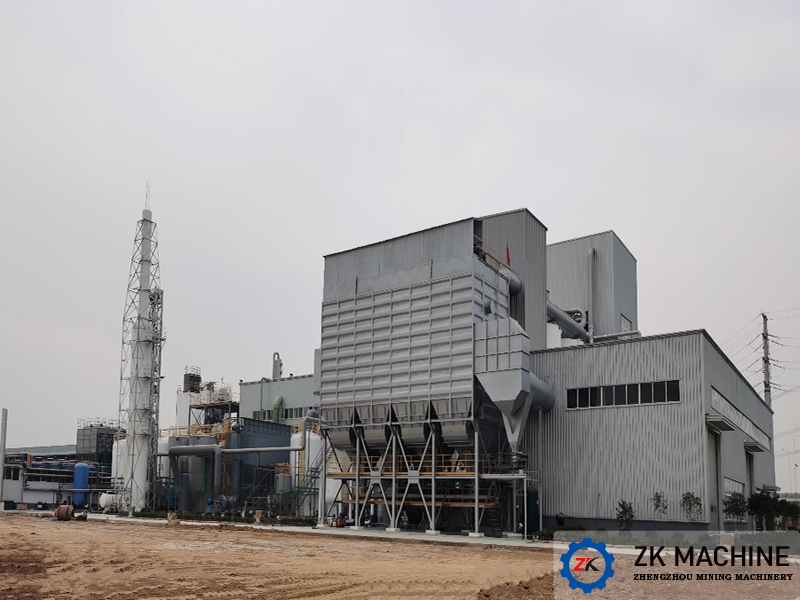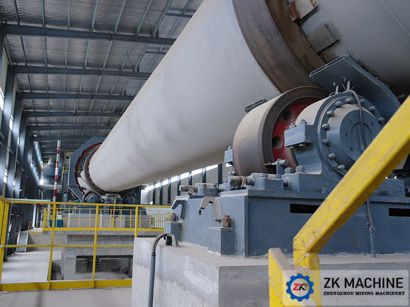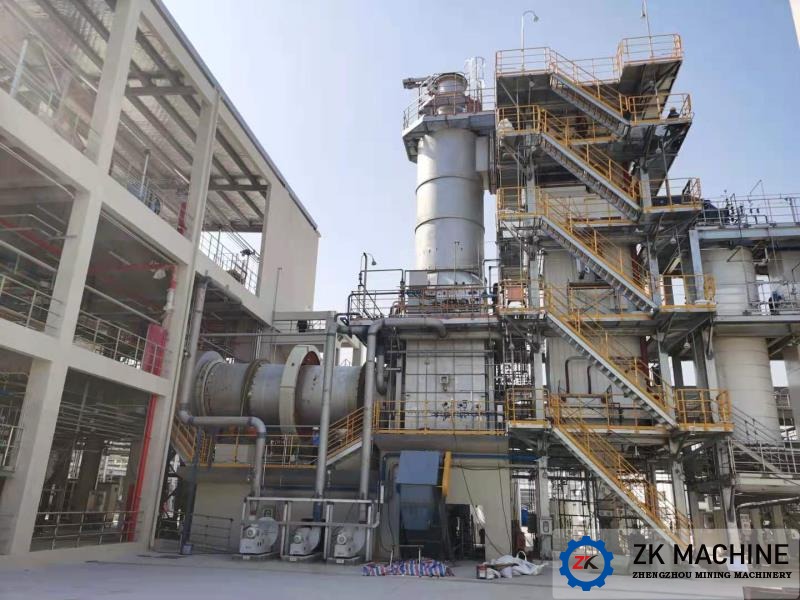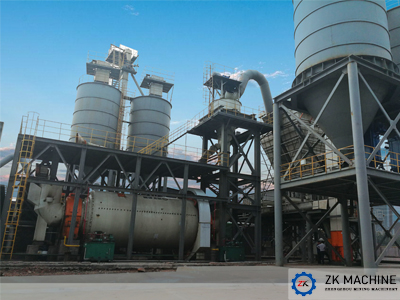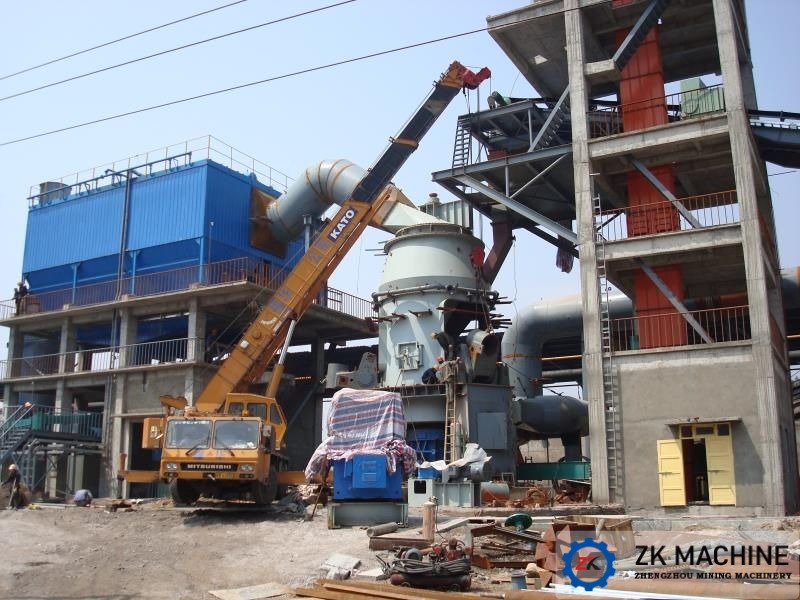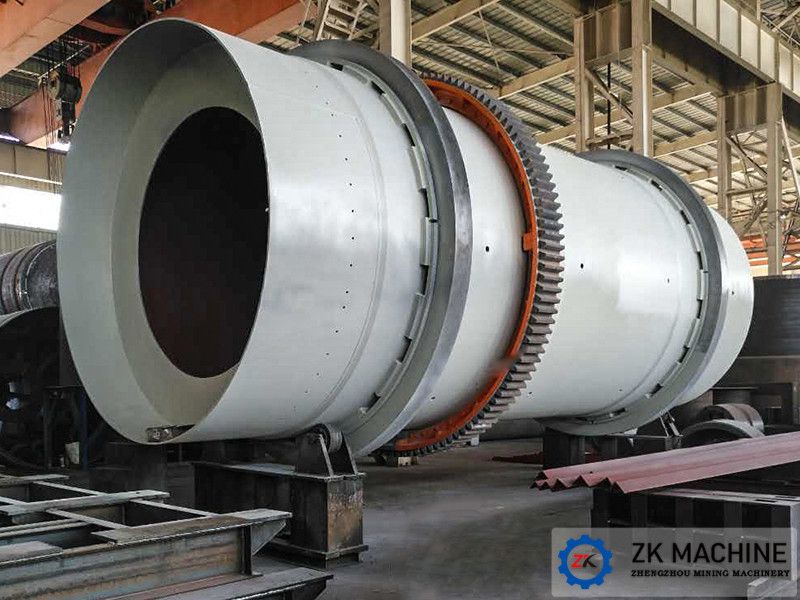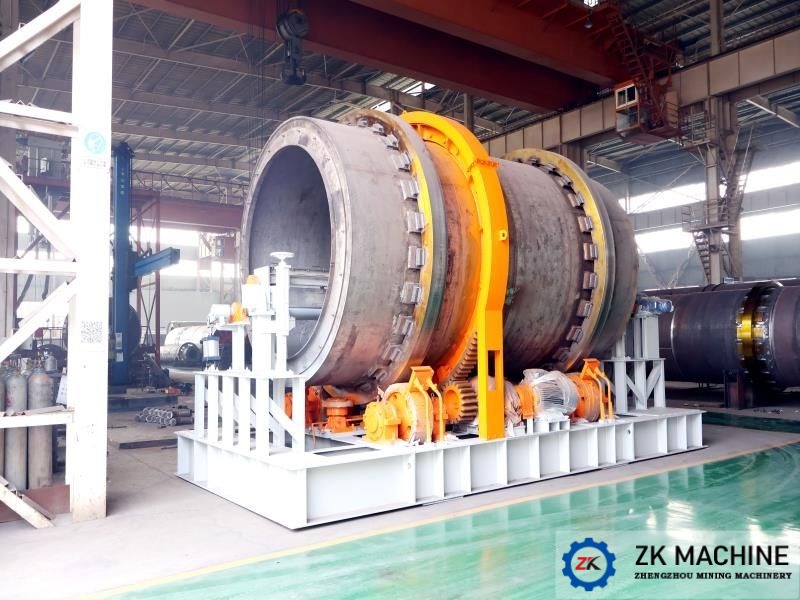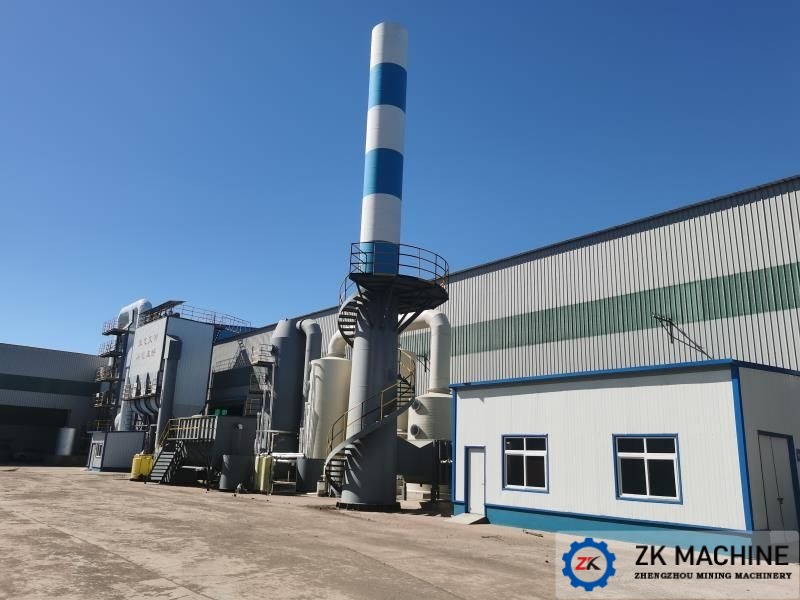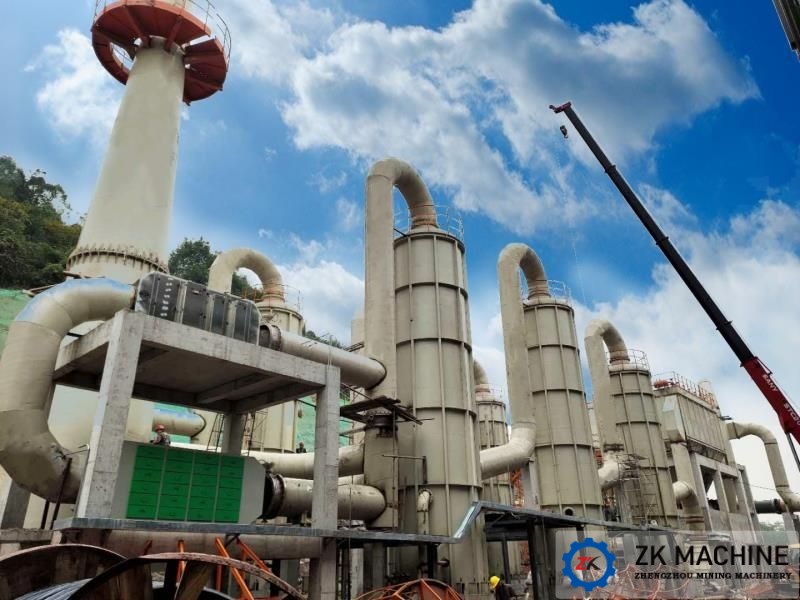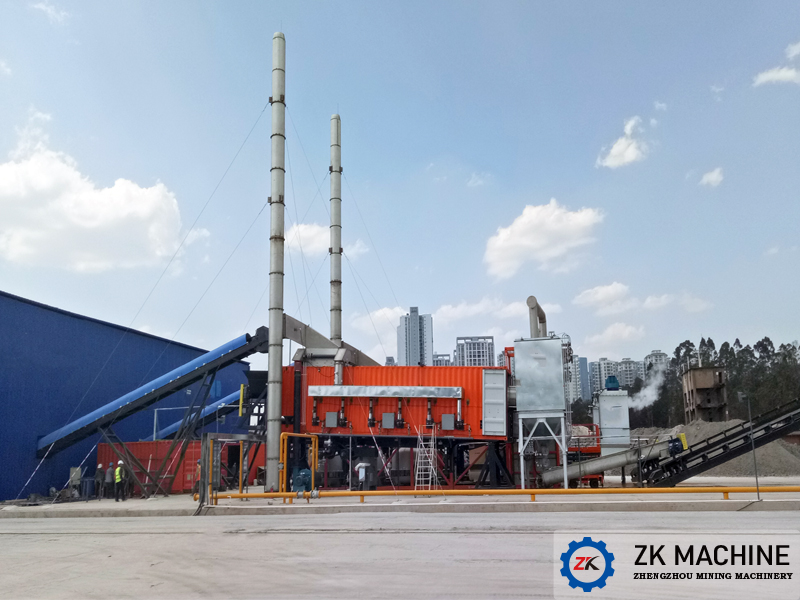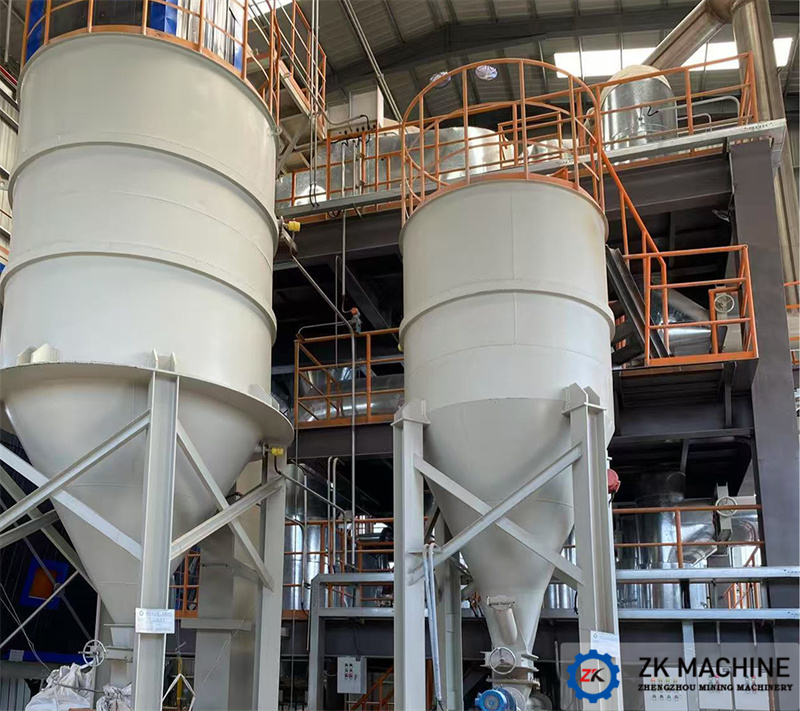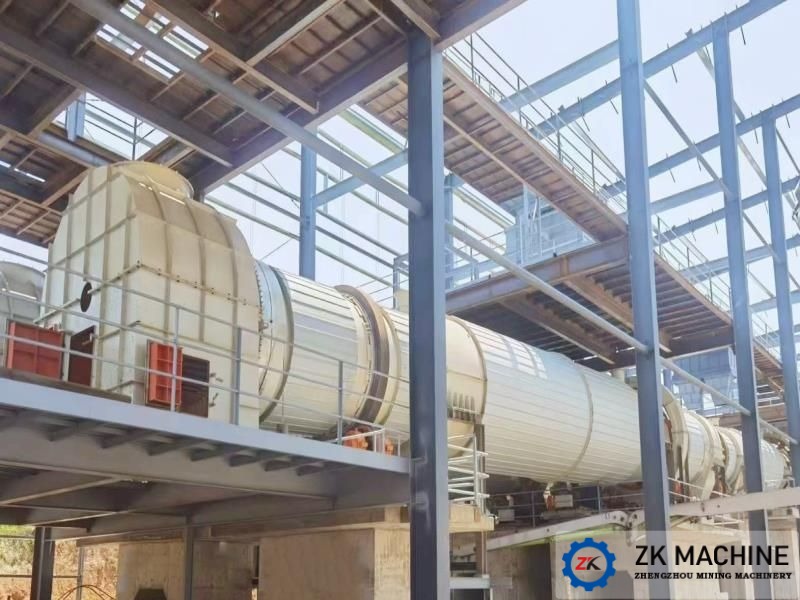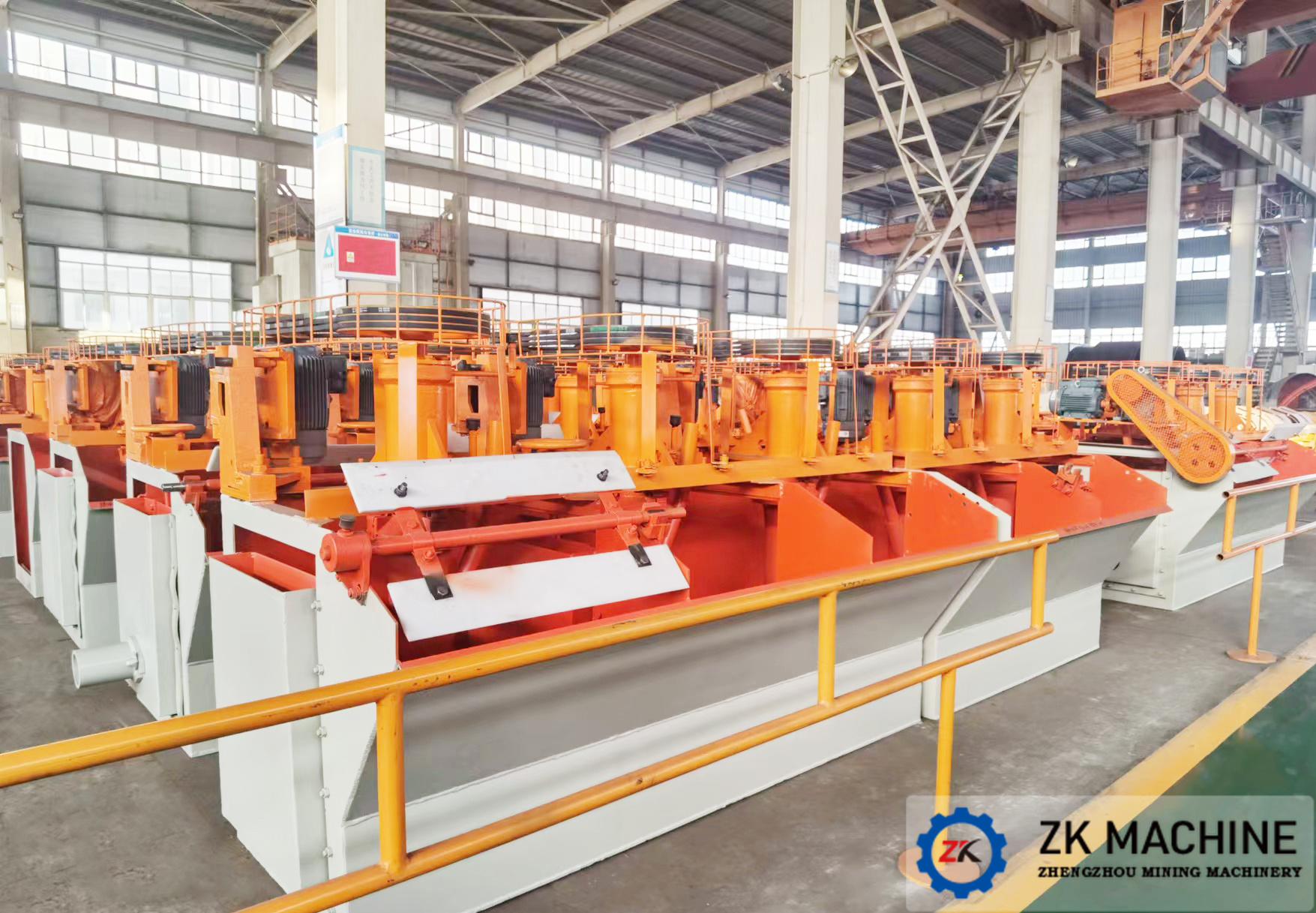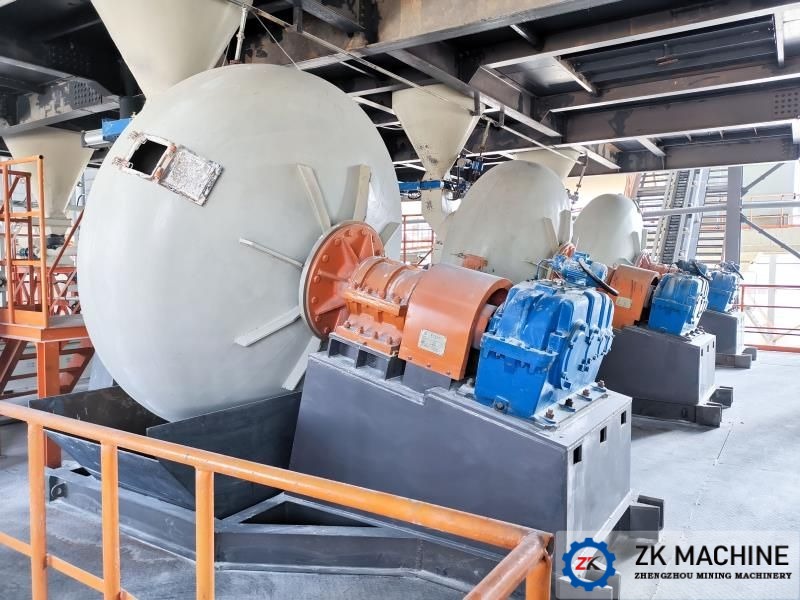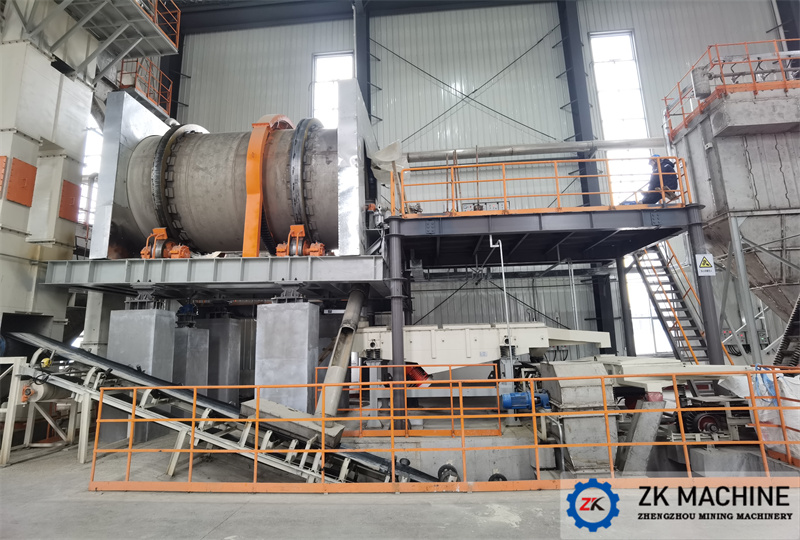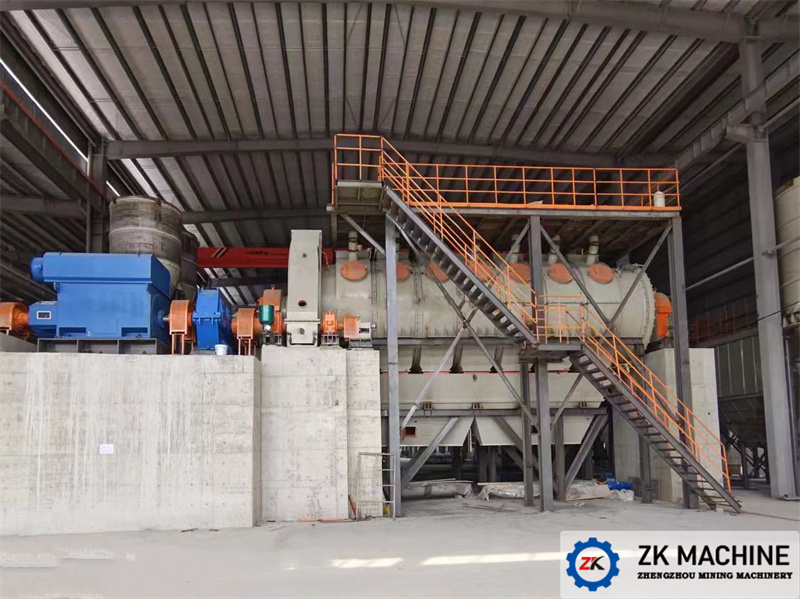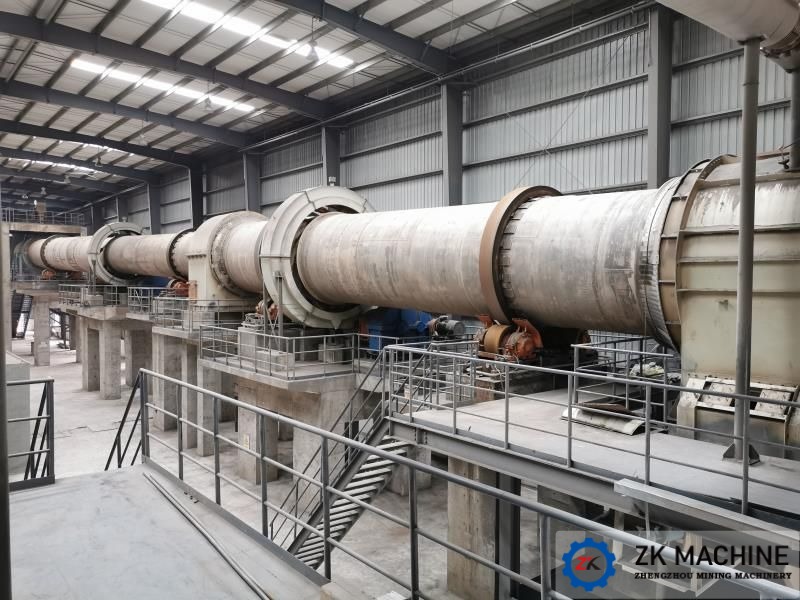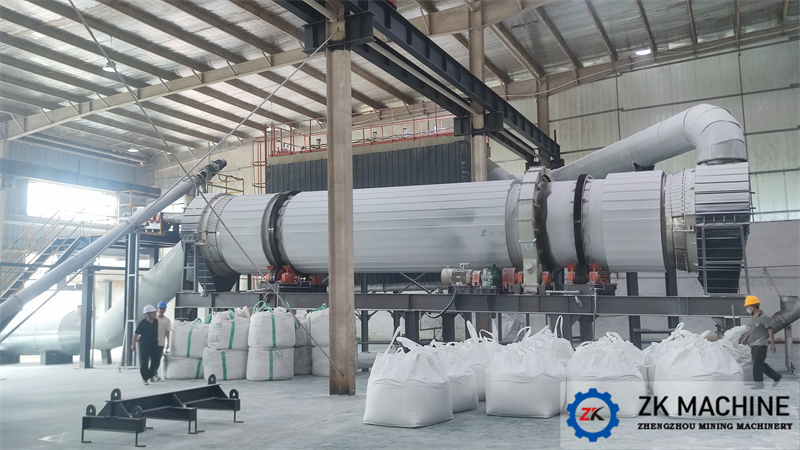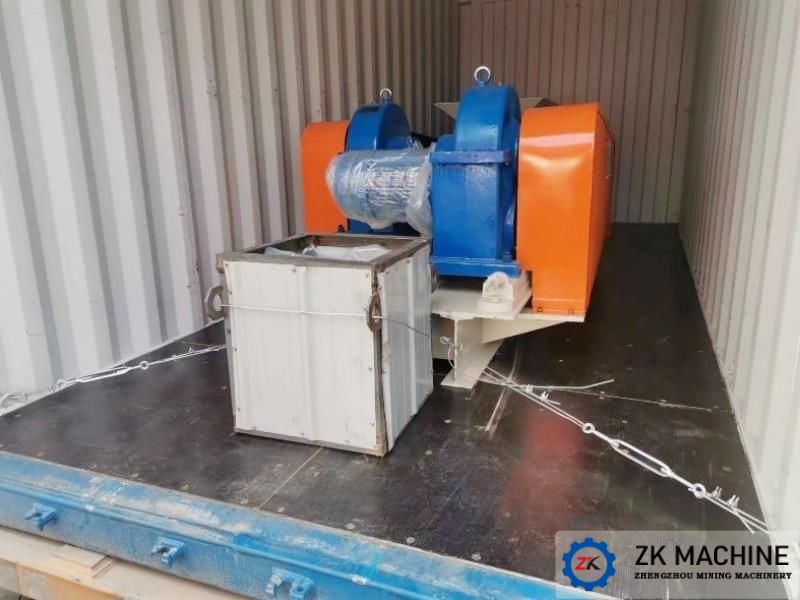Selection of Raw materials and Fuels for Lime Production Process
1. Raw material limestone:
Limestone (limestone) is a kind of rock formed by the sedimentary source. It is an alkaline rock. The main component is calcium carbonate, calcium magnesium carbonate or a mixture of calcium carbonate and magnesium carbonate.
1. Impurities of limestone
Because limestone (CaC03) is a natural mineral, it contains some impurities that are not conducive to calcination. The impurities are mainly S1O, A1,0, Fe, O K20 P S, etc. They mainly come from three sources.
(1) Harmful substances contained in raw limestone: S102, A120, Fe,O, Na20, K,0, P, S, etc.
(2) The harmful substances attached to limestone in the form of mud and sand: S102, A1,O4, Fe:O, Na2O, K,0, P, S, etc.
(3) The harmful substances contained in the fuel: S102, A120, Fe2O, Na2O, K,0, P, S, etc.
The color of these impurities directly affects the output and quality of calcined lime, so it is more critical to choose high-quality limestone.
2. Grain size of limestone
In the process of limestone calcination, the impact of the particle size of the raw material limestone is very large. Because the separation of CO, slowly proceeds from the surface of the limestone to the inside, the calcination of large-sized limestone is more difficult than small-sized calcination, and it takes more time. long. Through scientific experiment analysis, the calcination time at a certain temperature is proportional to the square of the thickness of limestone. Compared with 40mm stones, the former requires 4 times the calcination time of the latter. Practice has proved that limestone with a particle size of 40-80mm is used for shaft furnace, and limestone with a particle size of 1030mm for rotary kiln is the most ideal.
3. The choice of limestone
Limestone has a high density of calcium and is not easy to divide, but the calcined lime has good ash quality. On the contrary, the limestone with low calcium content is low in density and easy to sinter, but the calcined ash quality is poor. The calcium content and other substance content of limestone are selected for use after careful judgment after accurate results are obtained through chemical analysis tests, wear experiments, and calcination experiments. High-quality limestone generally contains more than 52% CaO, less than 3% Mg0, and less than 1% Si02.
2. The choice of fuel
There are many kinds of calcined limestone fuels, including solid, liquid, gas and so on.
The solid fuel is mainly coal and its processed products. Coal is an important energy and chemical raw material, and there are many kinds of it. The best coal for limestone calcination is the one with high calorific value and low S content. However, the use of coal as fuel is costly and pollutes.
Liquid fuels are petroleum and its processed products. Most of them are atomized and diffusely burned by spraying devices. However, due to high production cost and high pollution, it is generally not used.
There are many kinds of gas fuels, such as: coking gas, producer gas, natural gas, blast furnace gas, converter gas, etc. Gas fuel is conducive to improving thermal efficiency and saving energy. Compared with coal combustion, gas fuel can increase thermal efficiency by 2 times, and it can increase by 1 time compared with fuel; and gas fuel is beneficial to protect the atmosphere and reduce NOX and S02 emissions.
Burning lime has a wide range of fuels, solid fuels, gas fuels, and liquid fuels. However, the burning principle of the new technology lime kiln is that the fuel is the most economical. Those fuels are more environmentally friendly, and those fuels are more energy-saving is the key to the new technology of lime kilns. Currently, coke and coal gas are commonly used. In terms of new technology, gas is the most ideal, including blast furnace gas, converter gas, coke oven gas, calcium carbide tail gas (gas) producer gas, etc., which are the best fuel for lime kilns. Because these gaseous fuels are waste utilization, circular economy nature. In particular, most of the coke oven gas is now released, and the resources are very rich, followed by blast furnace gas, and then calcium carbide tail gas. If these gas are used, a large amount of energy can be saved, the environment can be protected, and more importantly, enterprises can Receive very good economic benefits.

